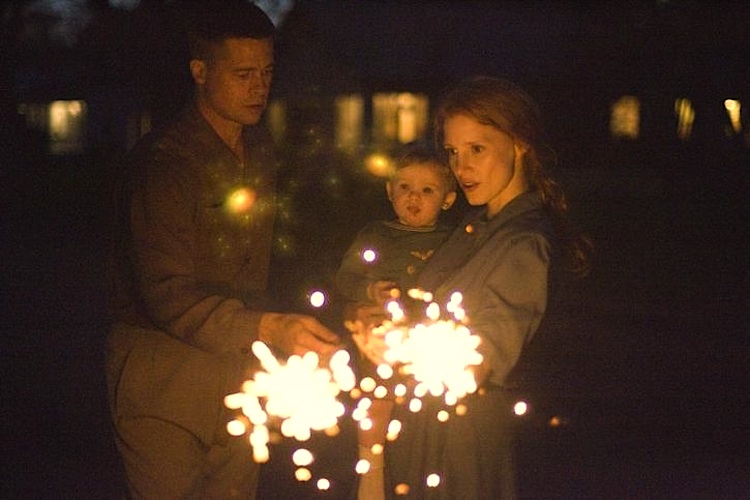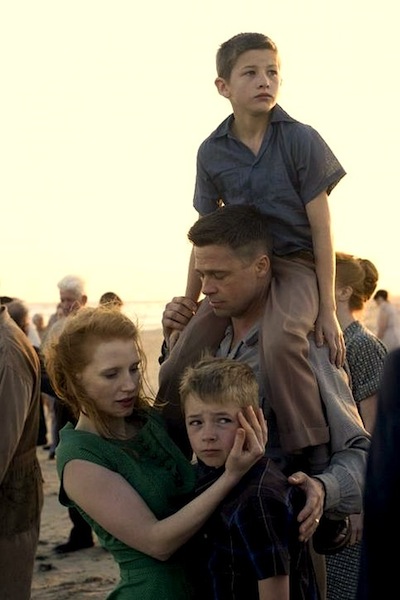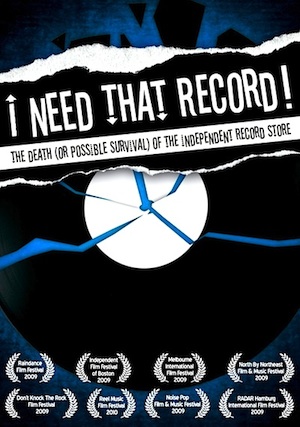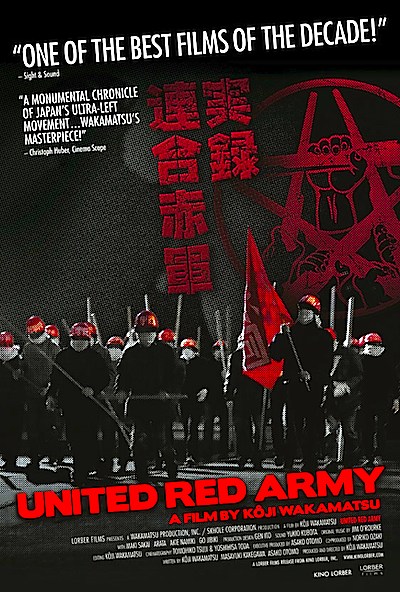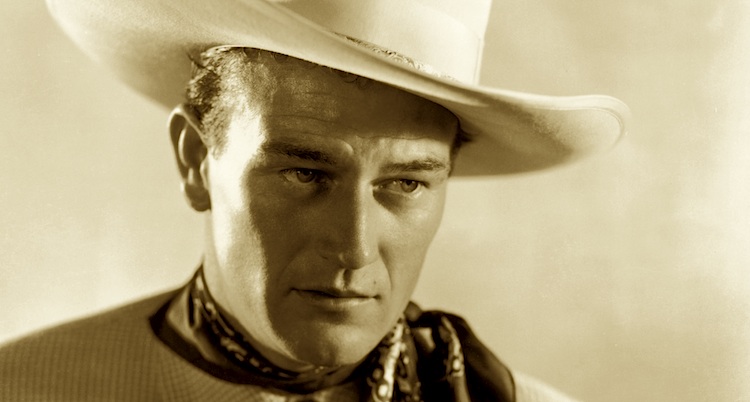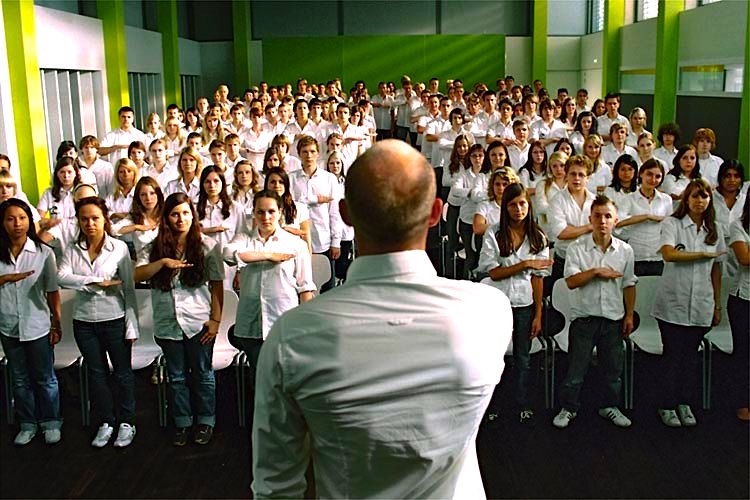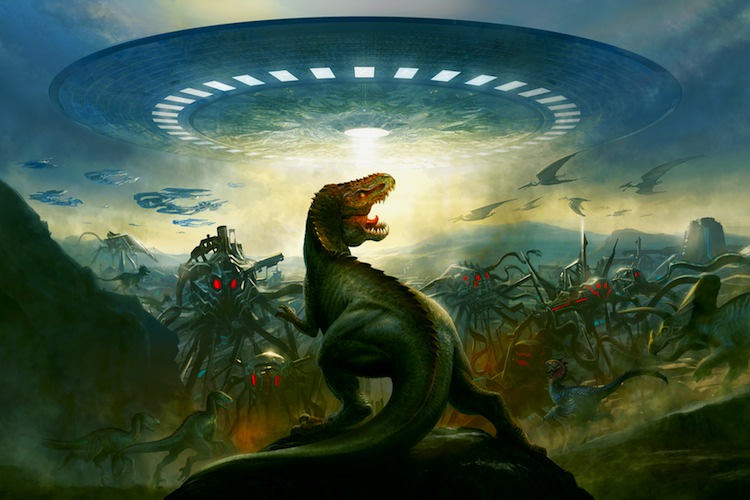
By Jason Apuzzo. • There’s a lot of news on the Alien Invasion Front, but probably the most interesting thing that’s happened recently is that two joint video interviews were released – one featuring Michael Bay talking with James Cameron, the other featuring J.J. Abrams talking with Steven Spielberg. The two films they’re discussing, obviously, are the two big alien invasion thrillers coming down the pike: Bay’s Transformers: Dark of the Moon, and the Abrams/Spielberg Super 8. The interviews are both roughly 15 minutes long, but are otherwise studies in contrast.
The Bay-Cameron interview is very much tech-talk – good tech-talk mind you, intelligent discussion of a subject that many people are familiar with but rarely understand on a sophisticated level: moving stereoscopic (i.e., 3D) imagery. Bay and Cameron deliver one of the more thoughtful discussions I’ve heard on this subject – examining how 3D impacts editing, and how 3D is ‘dynamic’ (i.e., it can be dialed back, when necessary).
You really get a feel in this interview for how smart these guys really are when they’re discussing their own profession, or in pushing the technological envelope in big, mainstream filmmaking. I may disagree with Cameron about a great many things, but I would not want to tangle with him on the subject of stereo-optics, or on the subject of cinema montage in general. He’s certainly impressive, as is Bay. Both understand how the cinema really needs to push forward innovations like 3D in order to give audiences new reasons to go out to the movies, rather than to stay home and watch downloads. I fear for what YouTube and the internet in general are doing to the cinema, but these guys are obviously aware of the problem and developing creative solutions to address it. I found their discussion inspiring, and interesting … but probably best recommended for the more technically inclined readers out there.
Watching Abrams and Spielberg go at it is a completely different ball of wax, altogether! Although I admire Cameron (minus his politics) and Bay, Abrams and Spielberg seem more personable, fun, and you really get a sense of what a sentimental exercise filmmaking is for them. Super 8 is quite obviously intended as a journey back to their childhood, to what inspired their young imaginations and pushed them to become storytellers in the first place.
Both men also have what is clearly an advanced understanding of what generates excitement in audiences, and in how to create an air of mystery and suspense about what they’re doing. You really get a sense of what a personal matter filmmaking is to these guys, how non-technical it is, how filmmaking is something tied up with their everyday lives and emotions – even in their emotional reactions to other peoples’ films.
Anyway, I enjoyed both discussions and found them inspiring for different reasons – and I’m very much looking forward to both films. We’ll be getting Super 8 very shortly …
• On the Transformers: Dark of the Moon front, the film will have its world premiere June 23rd as the opening-night film of the Moscow International Film Festival (probably because the film has a neo-Cold War angle involving the Russians), and the U.S. debut has been bumped up to June 29th. Capone over at Aint It Cool News has already seen the film, and given it a rave review – praising it “not just in terms of its scope, but also in its pacing, performances, and ideas. This one dares to go dark from time to time, and that helped me find the often-lacking component of many Bay films: emotion.” Also: the film’s 3D IMAX trailer is now available on-line (I’ve seen it in a theater; it’s phenomenal); new ads and clips are out; and there’s already an ILM featurette out about the film’s VFX (in particular, it’s old-school use of miniatures).

Better still, the best image yet of Rosie Huntington-Whiteley in Transformers has been released (see above), an image suggesting how deeply Michael Bay understands the male imagination (Victoria’s Secret supermodel + Mercedes concept car = automatic ticket purchase). The image also got me thinking: somebody should give Michael Bay the Bond franchise. Can you imagine how great that would be? In any case, you can also watch a clip of Rosie Huntington-Whiteley in the film … and Rosie talks to The HuffPo about her life as a farm girl. According to HuffPo:
She was pretty frank when discussing her shooting of livestock on her parents’ farm. “I know where my food comes from. I don’t get sad ’cause you don’t build relationships with those animals,” Huntington-Whiteley said. “I’m a farm girl; there’s the pigs, that’s the dog that I play with and love, but it’s the pig that’s gonna be in the freezer next month.”
Hey! What starlets slaughter pigs these days? Continue reading Memorial Day Weekend Mega-Invasion Alert!: Aliens to Battle Dinosaurs, Teenage Girls, French Space Pirates & Tom Cruise!

